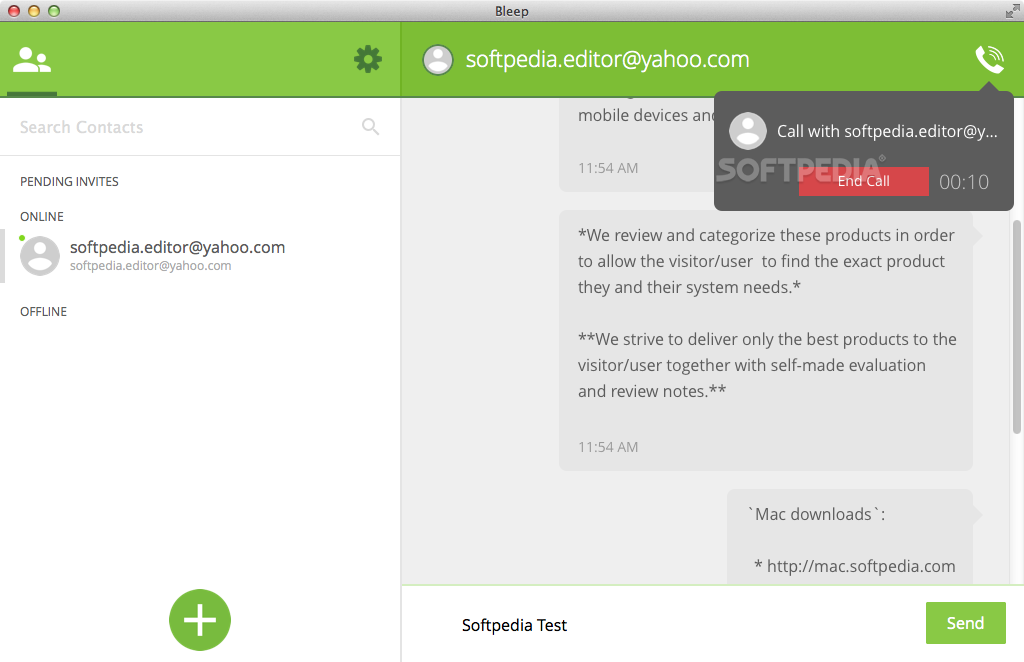

He’s a fantastic player but he has defensive limitations and, given his likely cost, I’d much rather just go ahead and grab a few useful role players even if it means they won’t have a shot at him down the road. Quick side note: I’ve already written about DeMar DeRozan not being worth the wait, but I think we can probably say some of the same stuff about Beal. But those other 29 teams are also apparently more self-aware given the state of their asset chest than this front office.Īlso, if they’re sitting on their hands foregoing good trade options in the hope that maybe just maybe an all star falls in their lap, then they’re at a very real risk of waiting too long to fix the roster. So the Lakers’ interest in those guys is by no means some groundbreaking story. Had the Lakers simply made a sensible move ahead of the season, yes, they would’ve risked some opportunity cost, but the team would be better right now and could arguably be near the top of the west standings because of how mediocre the conference has been.Īnd sure, 29 other teams are probably interested in the likes of Kevin Durant, then to a lesser degree Bradley Beal, Damian Lillard and certainly much lesser extent Kyrie Irving. Oh and hey apparently we all have to sit here and wait for the complacency to end for another month or so. Now, they sit 11-16, still desperately need to tweak the roster but are apparently hell-bent on landing a third star even despite how that approach has played out with Russell Westbrook and how it went when they surrounded LeBron James and Anthony Davis with solid role players who space the floor. They even traded for another one! It hasn’t gone well! They waited out the summer and headed into camp with 37 small guards.

Heading into the season, the Lakers had some good options for reshaping the roster. The Lakers, partially because of past success in trades, and perhaps because they’ve been scarred by their own recent failures, have fallen victim to paralysis by analysis.

It’s worked out pretty well for me but hey let’s play this safe and not ask Jen.

Legal appendices are included as useful references, such as the National Endowments for the Arts Obscenity and Rejections Sections.Voltaire once said “Don’t let perfect be the enemy of good.” It was the line I used on my wife when I proposed. Uniquely combining both societal and legal viewpoints on censorship of America’s popular music culture, these essays address issues of concern to various scholars including those studying mass media, censorship, and American popular culture. This work attempts to explain why societal intolerance has a pattern of limiting the lyrics and sounds of rock and rap music. Inhibitions and censoring, it is argued, stem from adult concerns for a healthy functioning society and from anxiety about the impact of sexual explicitness and uncontrolled behavioral expression on adolescents. The National Endowment for the Arts, the FCC, and the music industry’s internal responses to parents and adults are discussed as well. This work studies the mass media content and programming in network television, Rolling Stone magazine, and the New York Times reviews and spot news concerning rock and rap music. Artistic expression has historically clashed with mainstream views, resulting in apprehension acted upon internally and externally, especially when expression is aimed toward children or young adults. Examining the various boundaries of American artistic tolerance, chapters address the societal and legal responses to rock and rap music.


 0 kommentar(er)
0 kommentar(er)
